The Brihadishvara Temple, also known as Rajarajesvaram or Thanjavur Big Temple, is a magnificent Hindu temple dedicated to Lord Shiva. Here are some key details about the temple:
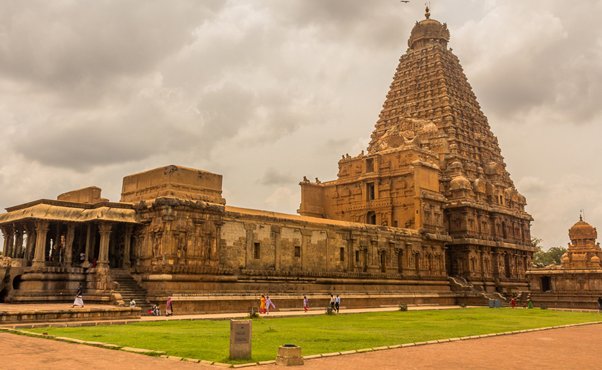
Location:
- The temple is located in Thanjavur, Tamil Nadu, India, on the south bank of the Cauvery River.
Architecture and UNESCO World Heritage Site:
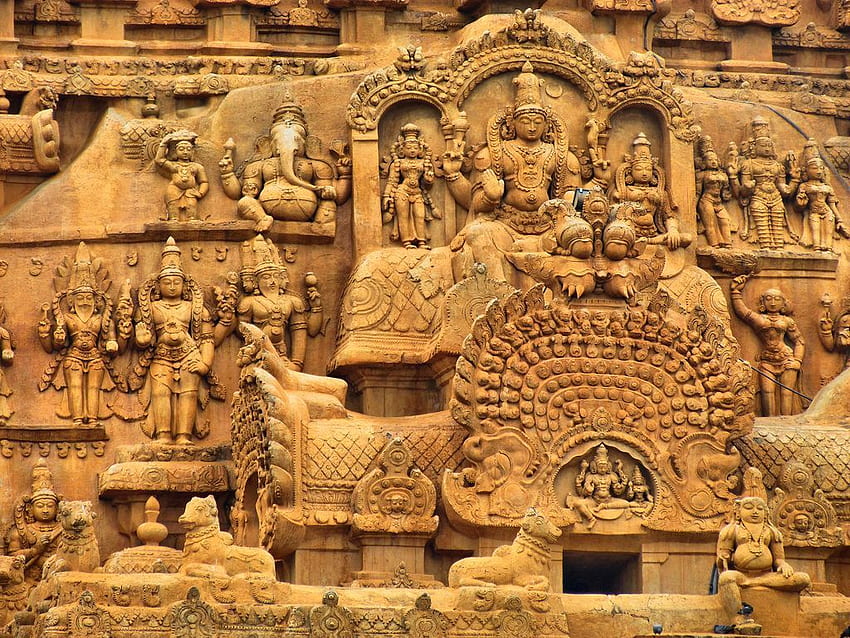
- The Brihadishvara Temple is an exemplary representation of Chola architecture and is considered one of the largest Hindu temples.
- It was built by Chola emperor Rajaraja I between 1003 and 1010 CE.
- The temple is part of the UNESCO World Heritage Site known as the "Great Living Chola Temples," along with the Gangaikonda Cholapuram temple and Airavatesvara temple.
- The temple complex covers an area of 18.07 hectares (44.7 acres) with a buffer zone of 9.58 hectares (23.7 acres).
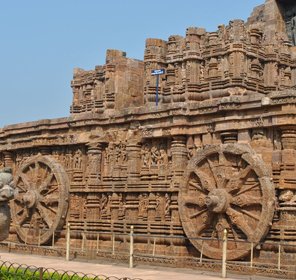
Nomenclature:
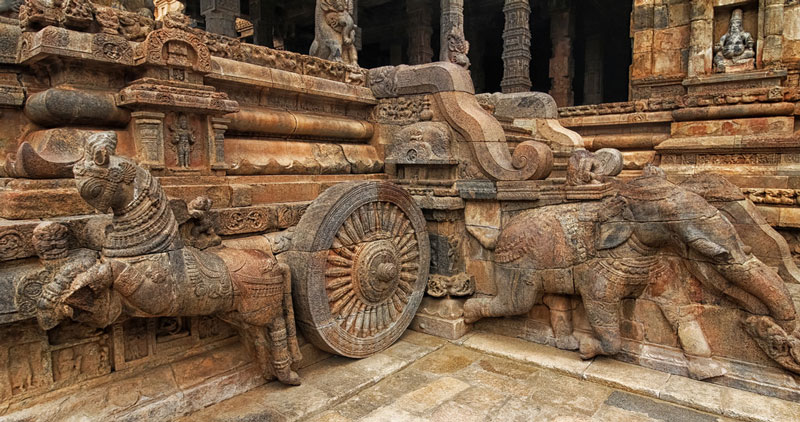
- Rajaraja Chola, the temple's builder, referred to it as Rajarajesvaram, meaning "the temple of the god of Rajaraja."
Description of the Temple:
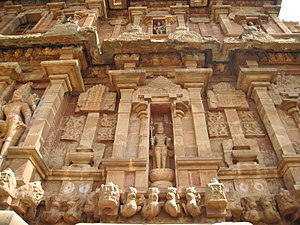
- The original construction included a moat, gopura, main temple, massive tower, inscriptions, frescoes, and sculptures related to Shaivism, Vaishnavism, and Shaktism.
- Over time, additional mandapams and monuments were added, and fortified walls were built around the temple.
- The temple is made of granite, and its vimana tower above the shrine is one of the tallest in South India.
- Notable features include a massive colonnaded prakara (corridor) and one of the largest Shiva lingas in India.
- The temple complex has shrines dedicated to various deities, including Nandi, Parvati, Murugan, Ganesha, and others.
Preservation and Restoration:
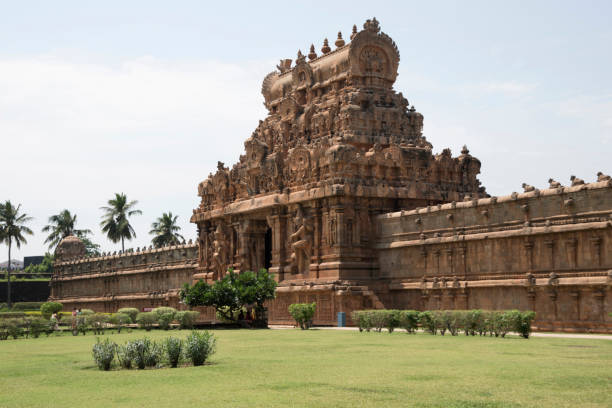
- The temple falls under the jurisdiction of the Archaeological Survey of India (ASI) to ensure safety, preservation, and restoration.
- The restoration work has been undertaken to maintain the grandeur of the ancient temple, including upgrading facilities, lighting, and signage.
Sanctum and Vimana:
- The sanctum houses a huge stone linga called Karuvarai, representing the abstract form of Shiva.
- The main vimana is a massive 16-storey tower, and the sikhara, a cupolic dome, weighs 25 tons.
Frescoes and Inscriptions:
- The temple features Chola frescoes on the sanctum walls along the circumambulatory pathway, depicting Shaivism themes and Hindu mythology.
- Numerous inscriptions in Tamil and Grantha scripts on the temple walls provide historical information about the temple, its builders, and temple personnel.
Cultural Significance:
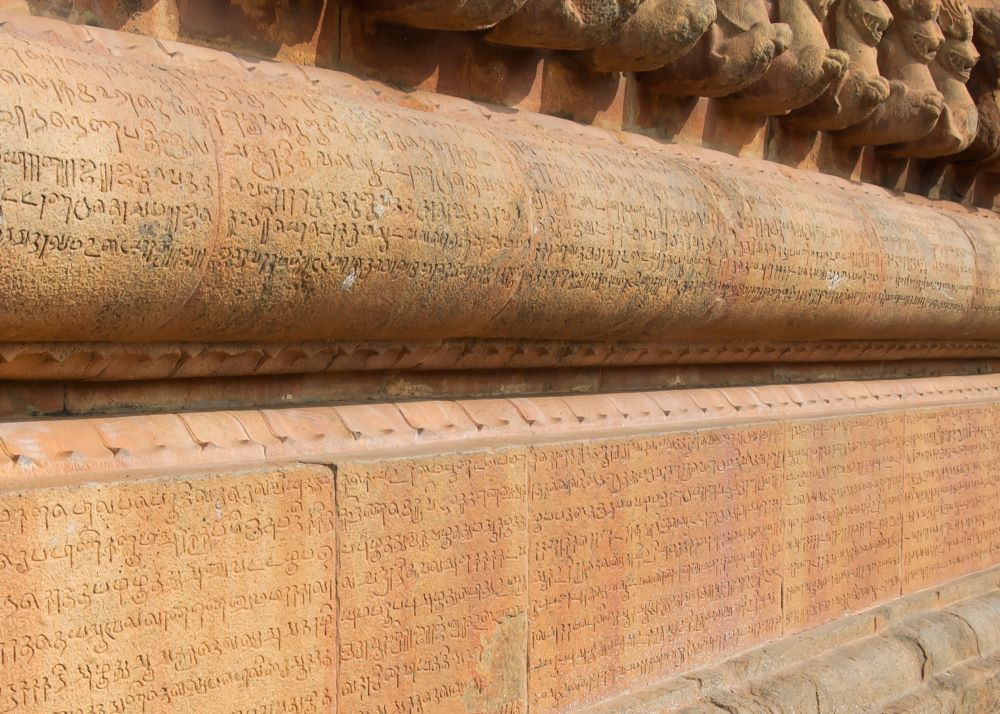
- The temple hosts annual dance festivals around February, particularly during Mahashivratri, attracting classical Indian dance artists.
- The Brihadishvara Temple has been recognized as a World Heritage Site by UNESCO, and it continues to be an active center for cultural, pilgrimage, and worship activities.
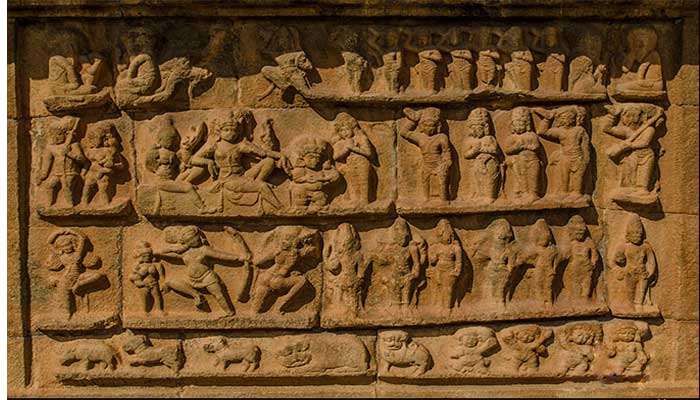
Millennium Commemoration:
- In 2010, the temple celebrated its 1,000th year with cultural events, including a Bharathanatyam Yajna and the release of commemorative stamps and coins.
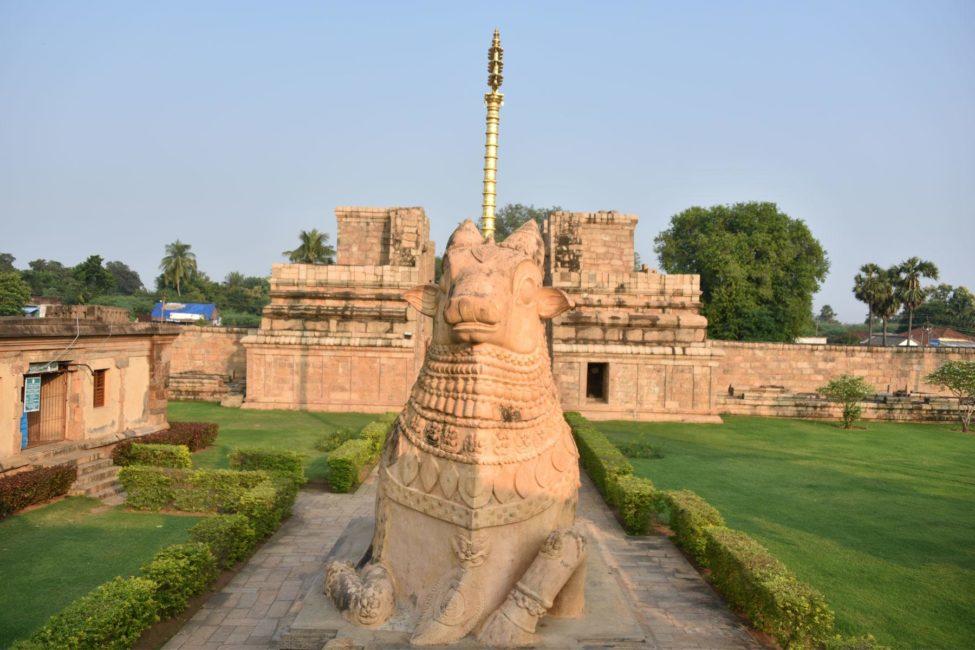



You must be logged in to post a comment.